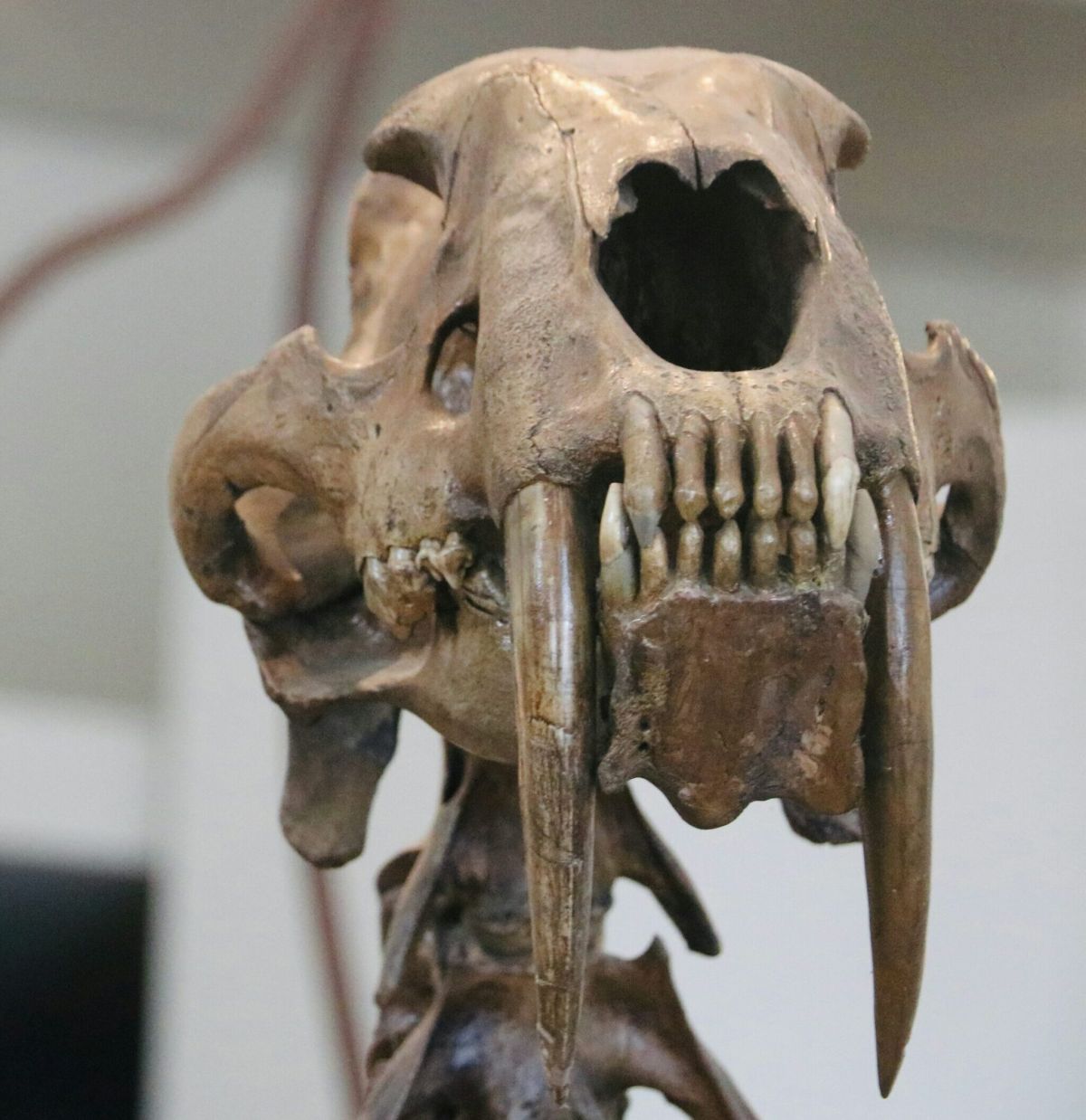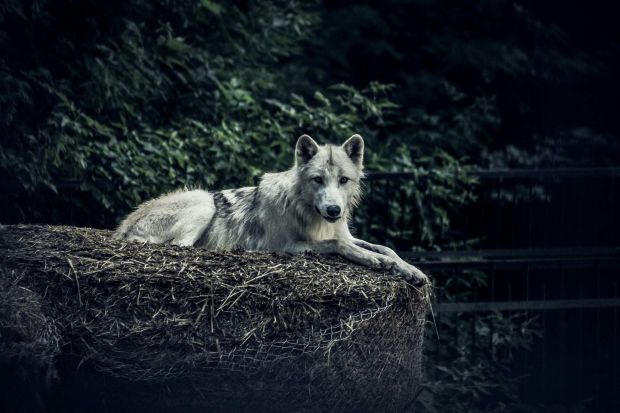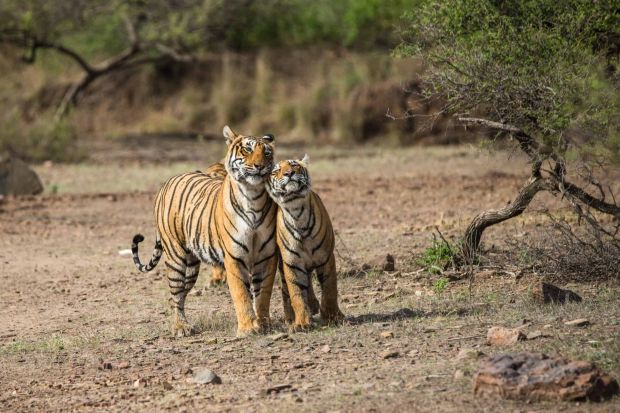Extinct Cats: A Glimpse into the Past and What It Means for the Future

Cats have long captivated human interest, whether as beloved household pets or as awe-inspiring wild animals. However, beyond the felines we know today lies a fascinating chapter in the story of evolution: extinct cat species. These once-mighty predators, like the saber-toothed tiger and the European cave lion, offer us critical insights into the interconnected web of life on our planet and highlight urgent conservation issues facing modern-day cats.
The Extinct Cats of the Past
Throughout history, various species of cats have roamed the Earth, some of which have adapted to dramatic climatic and environmental shifts. Below are a few notable extinct feline species:
- Saber-Toothed Tiger (Smilodon): Perhaps the most famous of the extinct cats, the saber-toothed tiger lived during the Pleistocene epoch. With its long, curved canine teeth, it was an apex predator that hunted large herbivores like mammoths. Fossil evidence suggests that these cats relied on strength and stealth rather than speed to bring down prey.
- European Cave Lion (Panthera spelaea): Once widespread across Europe, Asia, and North America, the cave lion was one of the largest feline species. Unlike modern lions, cave lions are known to have lacked manes and were likely adapted to hunting in cold climates. They coexisted with early humans, who depicted them in prehistoric art, highlighting their prominence in the ecosystem.
- Dire Cat (Homotherium): This large, scimitar-toothed cat lived alongside the saber-toothed tiger and is often depicted in post-glacial environments. It exhibited both hunting and scavenging behavior, hinting at its adaptability and cunning nature.
Understanding Extinction
The extinction of these and other cat species offers important lessons on ecological balance, adaptation, and the consequences of environmental change. Factors contributing to the extinction of these magnificent species included:
- Climate Change: Dramatic shifts in climate, particularly during the last Ice Age, altered habitats and food availability, leading to the decline of many species.
- Human Activity: Early humans were not just passive observers of their environment; their hunting practices and collective adaptation of landscapes had profound effects on megafauna, including cat species. The overlap of human populations with large predators often led to conflict and competition.
- Habitat Loss: Changes in the landscape, whether by natural disasters or human encroachment, severely impacted the ecosystems that these cats relied on for survival.
What Extinct Cats Teach Us About Conservation
The lessons learned from extinct cat species resonate powerfully in today’s context. The fate of these bygone animals underscores the urgent need for wildlife conservation efforts, especially regarding the various cat species that are currently endangered, such as the Iberian lynx or the South China tiger. Here are some key takeaways:
- Biodiversity Matters: Each species plays a unique role in maintaining the health of ecosystems. The loss of top predators like cats can have cascading effects on prey populations and plant communities, altering entire habitats.
- Human Impact is Profound: As seen with extinct cats, human activity can dramatically reshape ecosystems. Understanding this relationship is critical in developing responsible conservation strategies that balance human needs with environmental preservation.
- Adaptive Strategies are Vital: The ability to adapt to changing environments is crucial for survival. As the climate impacts habitats globally, conserving the genetic diversity of existing cat populations may be pivotal in supporting their resilience.
- Education and Awareness: Learning about extinct species fosters a greater appreciation for biodiversity and biodiversity conservation. By raising awareness about the importance of protecting contemporary cat species, we can inspire action and foster a collective sense of responsibility.
Conclusion
Extinct cats offer more than just fascinating tales from the past; they are powerful reminders of the delicate balance of ecosystems and the influence of human activity on wildlife. As we grapple with ongoing environmental challenges, the lessons gleaned from these majestic creatures can guide our efforts to conserve the diverse cat species that share our world today. By investing in conservation, education, and sustainable practices, we can work toward ensuring that the legacy of cats—both living and extinct—is one of survival rather than extinction. In doing so, we honor the past and safeguard the future of these magnificent animals.



